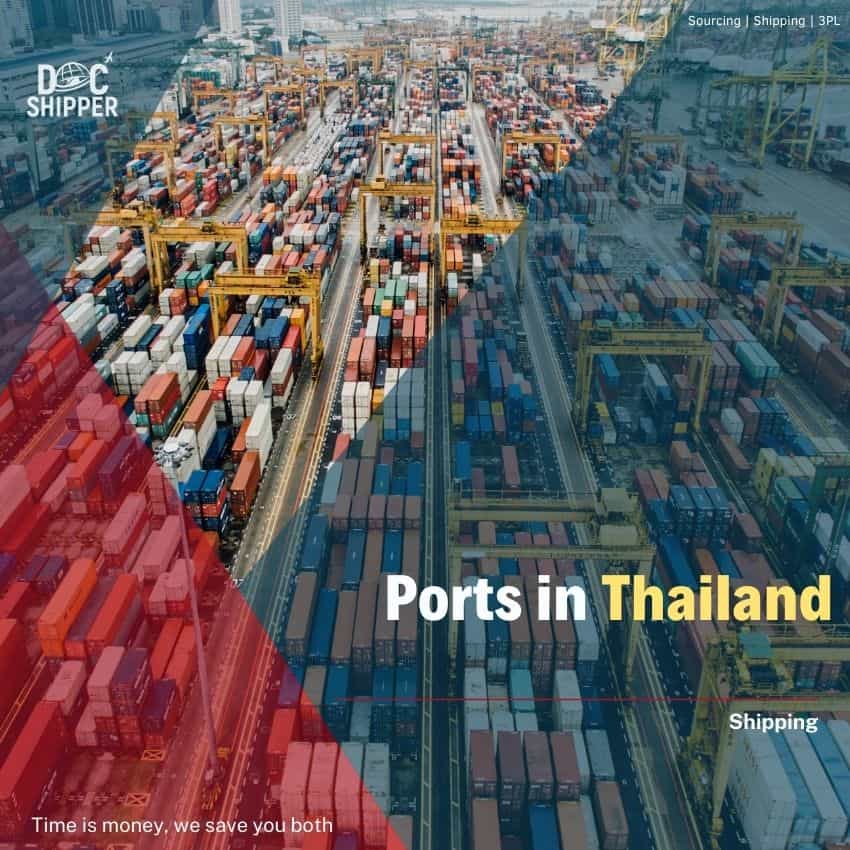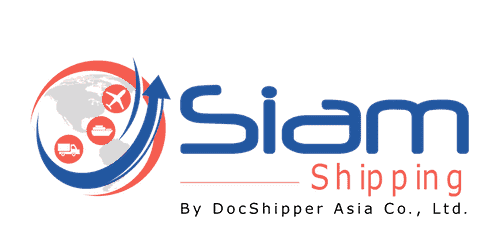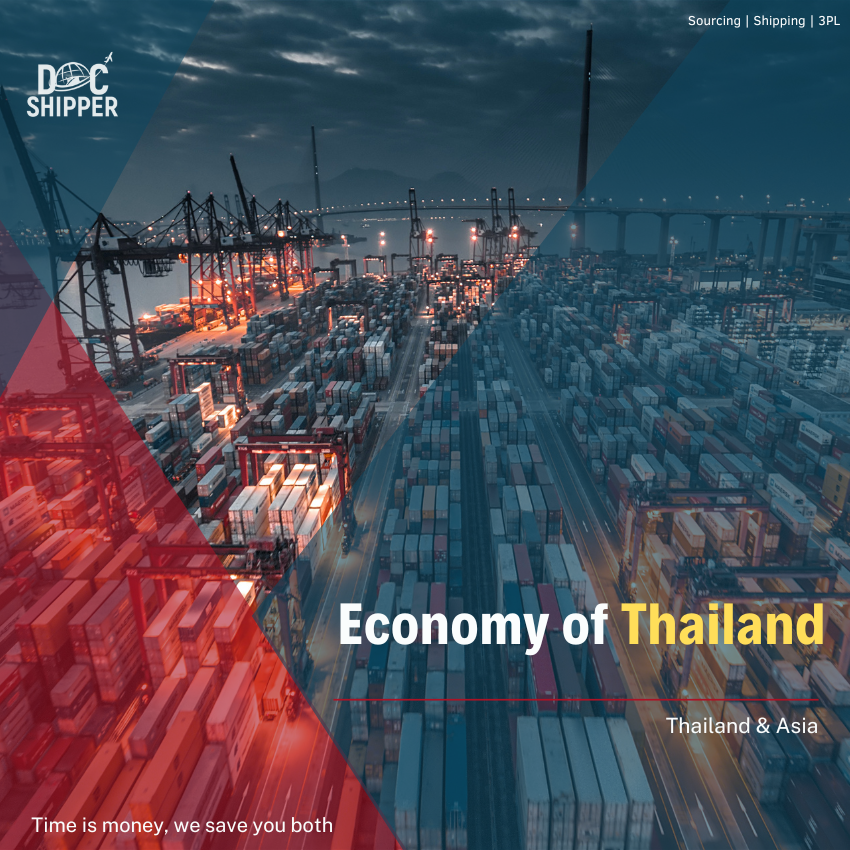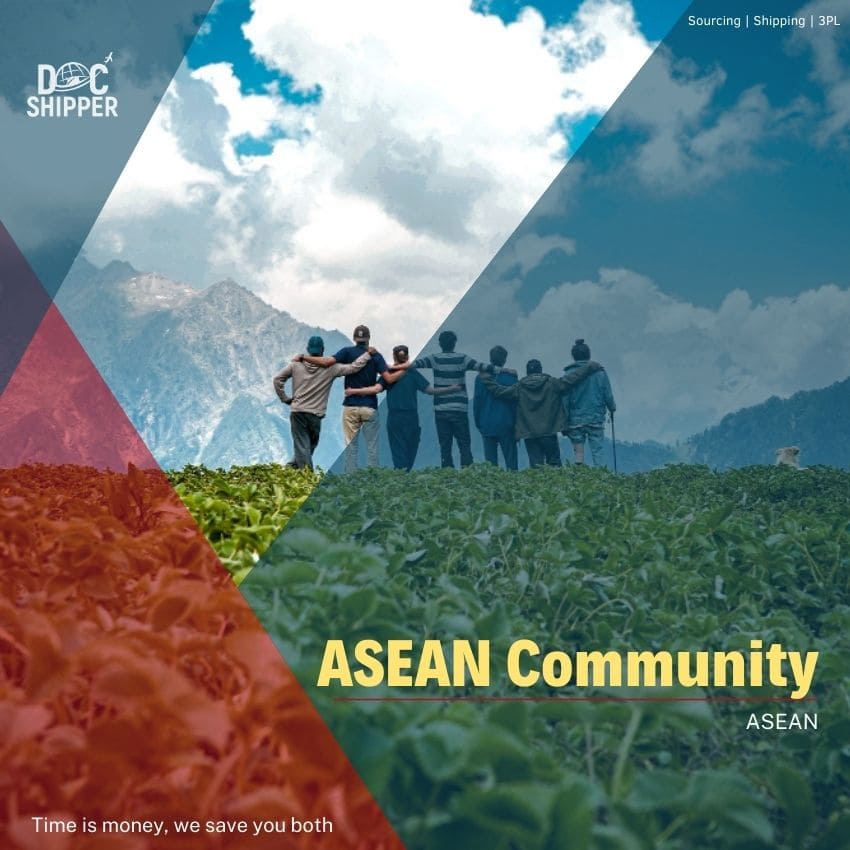Thailand is strategically located in the heart of Southeast Asia and is a key hub for international trade and commerce. The country has a long coastline and is home to several major ports that serve as important gateways for shipping and transportation in the region. These ports handle a wide range of cargo, including containerized goods, bulk commodities, and petroleum products.



